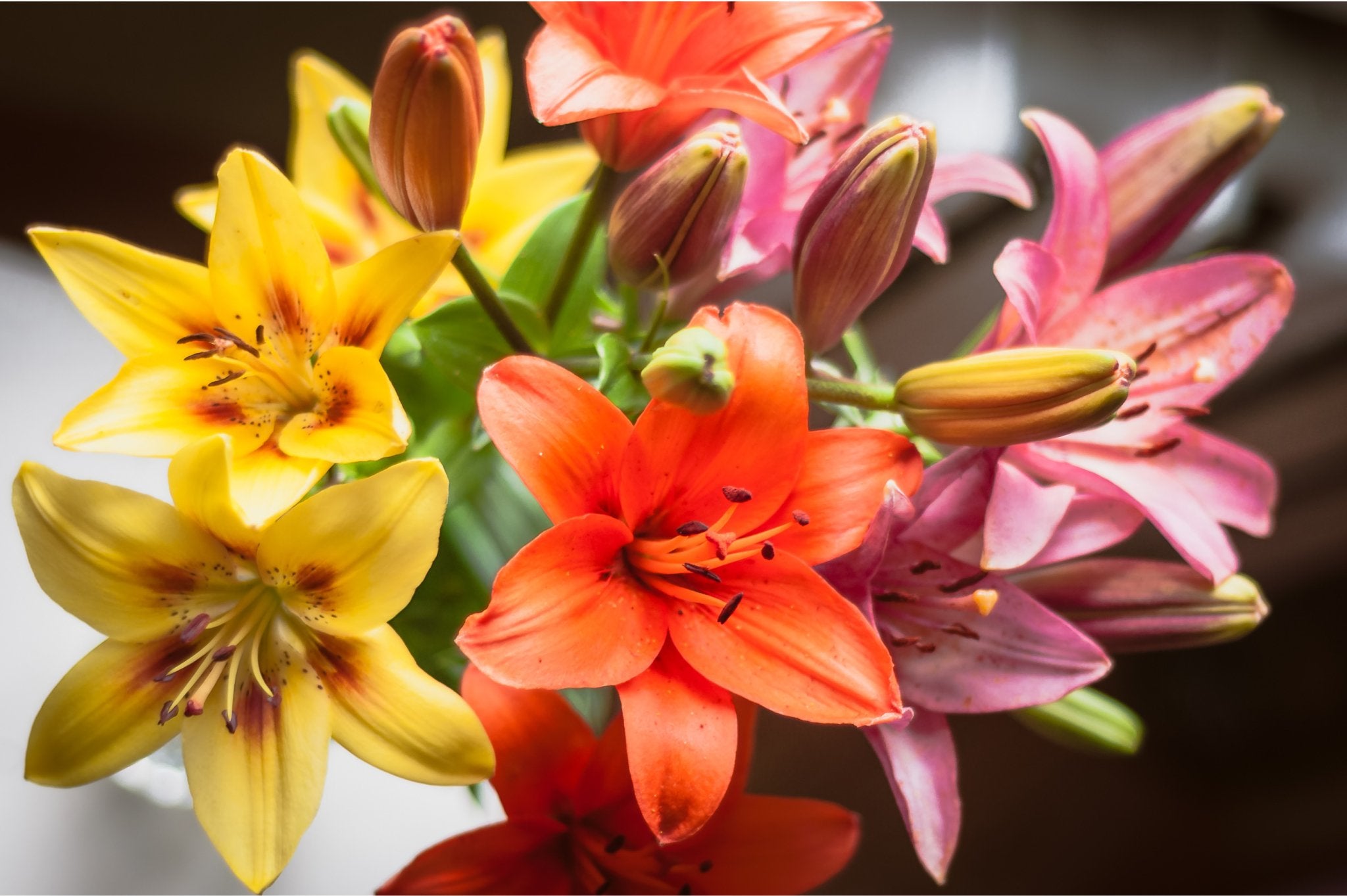Discover the secrets of the Lily: a complete guide to growing and caring for this spectacular flower
Imagine yourself surrounded by impressive trumpet-shaped flowers that symbolize purity, innocence and spiritual enlightenment. We want to offer you this blog so that you can learn more about Lilies or Lilium and apart from purchasing them in cut flowers you can also know how to grow and care for them. Welcome to the captivating world of the lily. At PersaFlores.com we want to show you this flower known for its elegance, vibrant colors and its rich history in art and literature. Growing these magnificent daylily flowers can bring an incomparable sense of beauty and tranquility to your garden or home. Embark on a journey to discover the secrets of the lily and learn how to grow and care for these spectacular flowers.
Key takeaways
Discover the beauty and symbolism of Daylilies, an overview of lily varieties, the ideal conditions for their growth and flowering.
Learn tips on how to plant/transplant, water/fertilize to ensure a successful crop.
Propagate through bulbs, cuttings or seeds. Protect from pests and diseases with good sanitation. Keep plants healthy with post-flowering care.
Discovering Azucena: a flower of beauty and symbolism
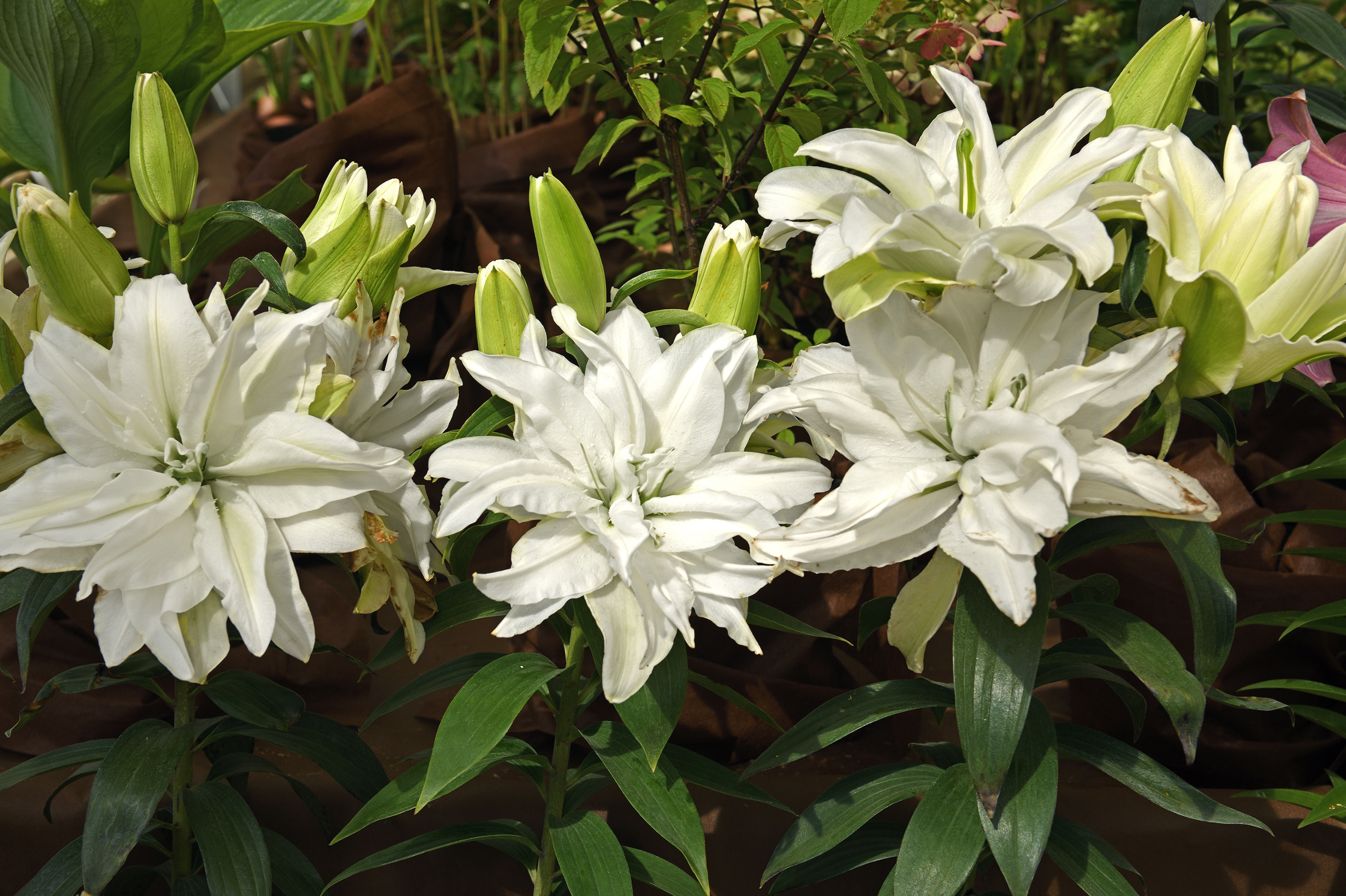
Although the history of the lily flower is not widely documented, it is believed to have originated in the Mediterranean region, where the juno rose also thrives. It is also recognized as the virgin lily, which symbolizes chastity and innocence. The Lily flower is commonly associated with purity, innocence and virginity in different cultures, often linked to the Virgin Mary in Christianity and used in religious ceremonies. Innocence is a significant aspect of Lily flower symbolism, reflecting the essence of the flower's meaning and its connection to religious beliefs.
Highly appreciated for its attractive appearance and pleasant aroma, the Azucena flower, also known as the lily, is recognized for its beauty and elegance. The flower's delicate white petals, usually consisting of five or six petals, are often linked to purity, innocence and femininity. Additionally, Azucena flowers are believed to bring good luck and blessings. Light is frequently associated with the spiritual symbolism of the Lily flower in Christian art.
Lily flowers, also known as lilies, not only captivate with their beauty but also offer a rich history and symbolism. From religious ceremonies to art and literature, these flowers embody elegance, purity and spiritual enlightenment. The enchanting world of flowers, particularly Daylilies, is a testament to the power of nature's beauty and the profound impact it can have on our lives, to the many wonders it offers.
The world of lilies: a look at different varieties
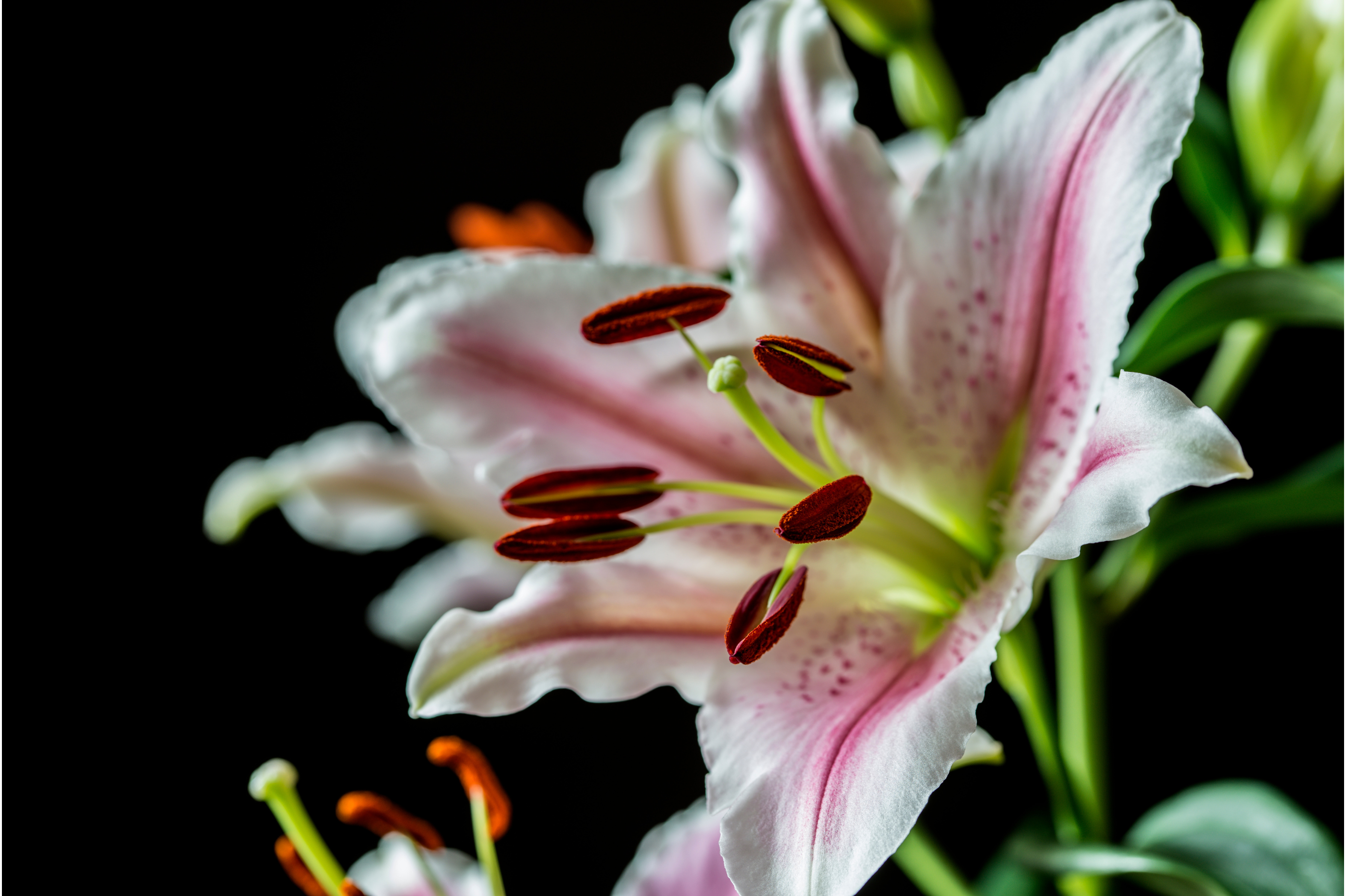
With more than 100 species belonging to the Lilium genus, the world of lilies is incredibly diverse. Each variety has its unique characteristics and appearance, offering a wide range of options to satisfy different tastes and preferences. One of those varieties is the lilium candidum. The main characteristics of each lily species include the genus Lilium, plump, scaly bulbs, and distinctive features that distinguish them from other plants.
Various lilies have been endowed with considerable cultural and historical symbolism, often denoting purity, chastity and virtue. In Chinese culture, lilies are a symbol of good luck and lasting love. While the meaning of different varieties of lilies can vary, they are commonly associated with purity and fertility. Lilies play a prominent role in culture, literature and religious ceremonies, representing beauty, renewal and devotion.
In spring, or spring, it is optimal to plant late-flowering varieties of lilies starting in spring. Understanding the different attributes and cultural relevance of different types of lilies will allow you to effectively choose the most suitable lilies for your garden or home.
Growing Daylilies: Ideal Conditions and Requirements
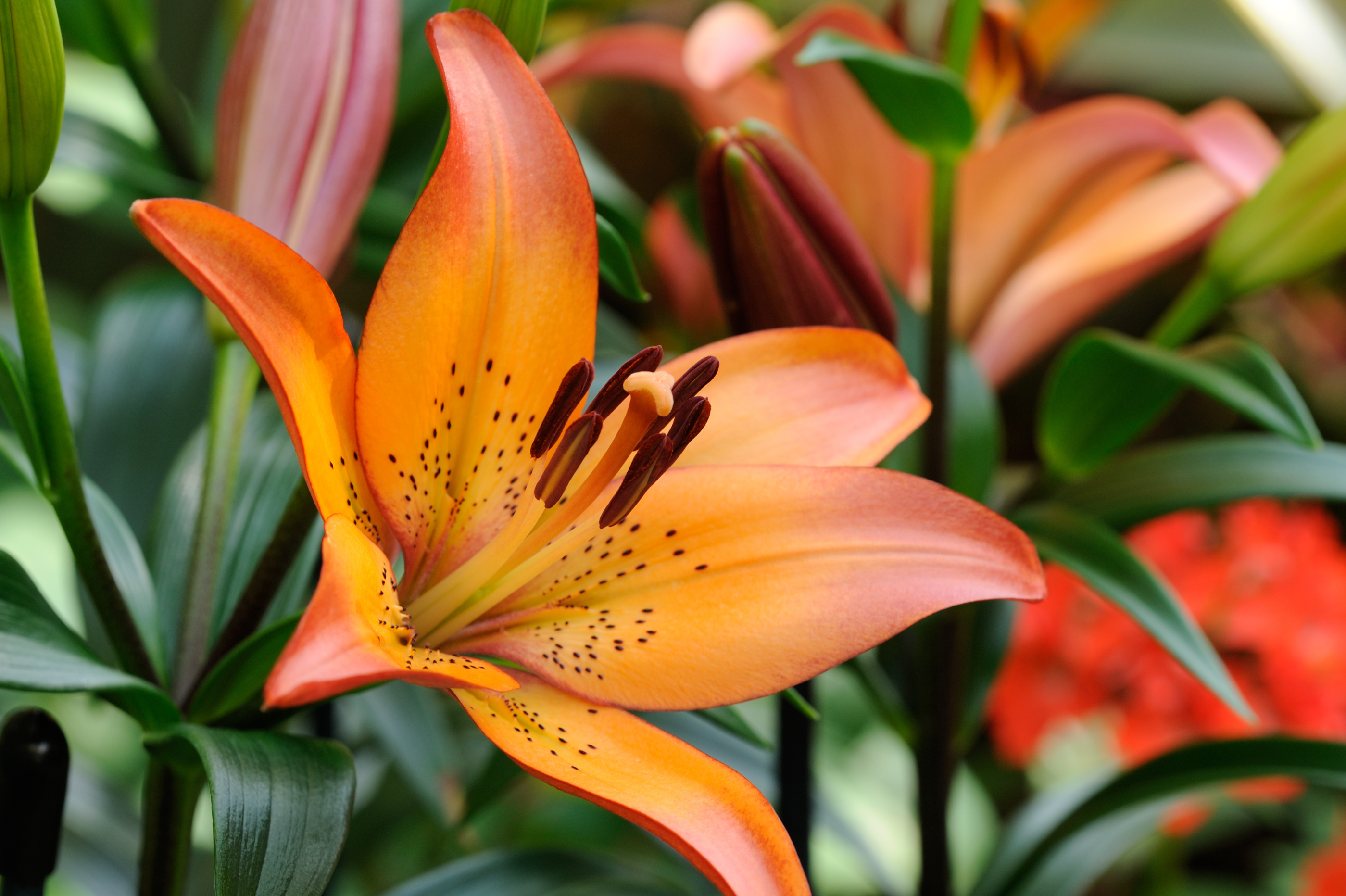
Daylilies thrive in full sun or partial shade, with temperatures between 66°F - 86°F (19°C - 30°C). As for the sun, it is an ideal condition for growing Daylilies, so shade should be limited for optimal growth. Giving these beautiful flowers the right amount of sunlight is key to promoting their healthy growth and blooming.
The soil should be well-draining and slightly acidic, with a pH of 6.0 to 7.0. Oil is not a recommended component for Azucena soil. Providing the right soil conditions can significantly affect the overall health and appearance of your Daylilies.
The typical lifespan of a Lily flower on the plant is between 1 and 2 weeks. By ensuring ideal conditions and requirements for growing Daylilies, you will be able to enjoy their captivating beauty and fragrance for a long period.
Planting and transplanting lilies: timing and techniques
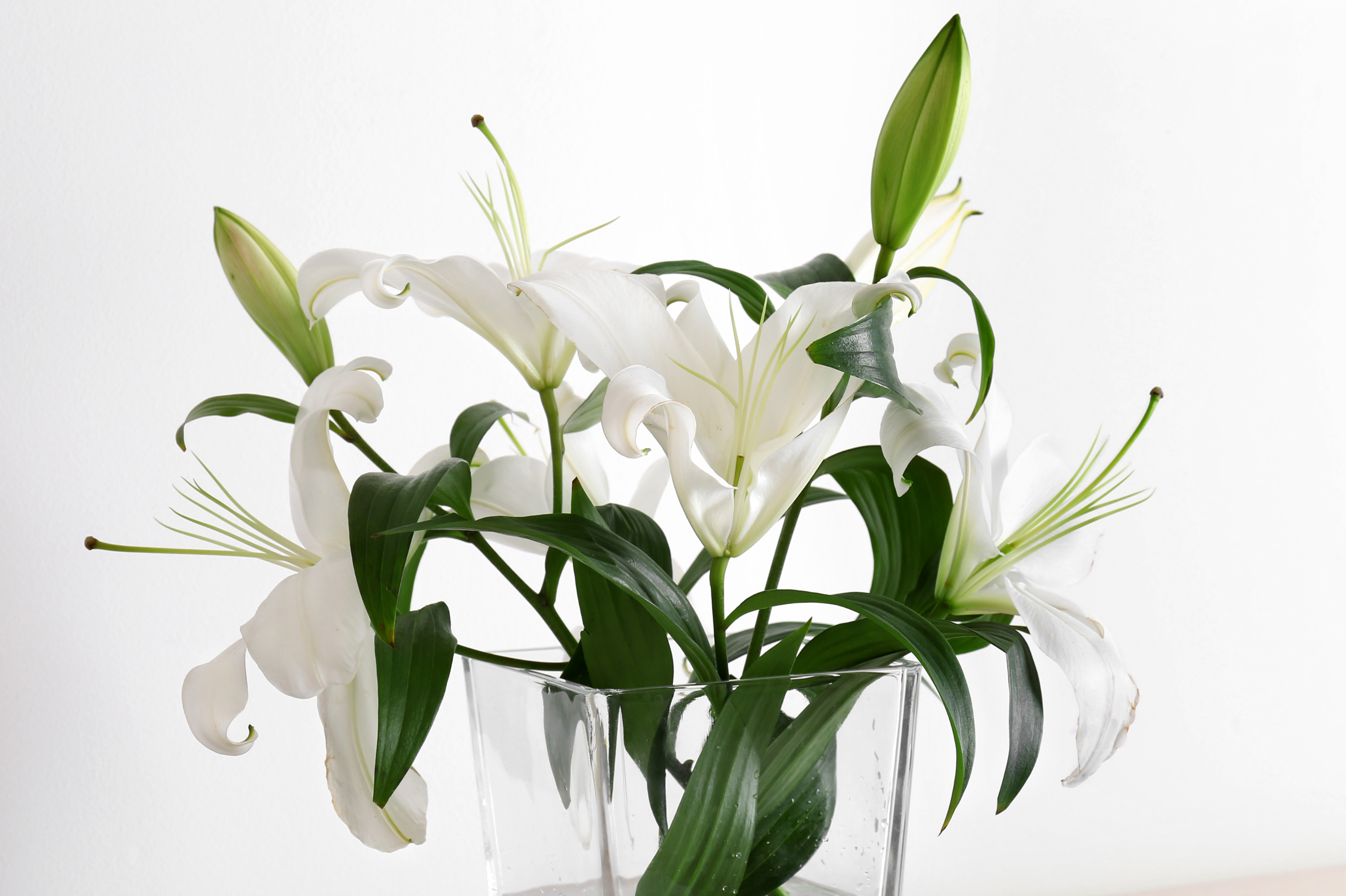
It is optimal to plant late-flowering varieties of lilies in early spring and earlier-flowering lilies in the fall. Choosing the right time to plant your lilies can make a significant difference in their growth and flowering.
When planting lily bulbs, it is recommended to plant stem-rooted lilies at a depth of about two and a half times the height of the bulb, and space the bulbs at a distance equal to three times the diameter of the bulb. By following these recommendations, you can ensure the healthy growth and development of your lilies.
Transplanting lilies requires proper timing and technique to reduce plant stress and promote successful growth. Late September or early October is the optimal time to move lilies, and it is essential to handle the bulbs gently and follow specific precautions to ensure their well-being.
Understanding the correct timing and techniques for planting and transplanting lilies helps ensure their healthy growth and stunning blooms.
Watering and fertilizing your daylilies: tips for success
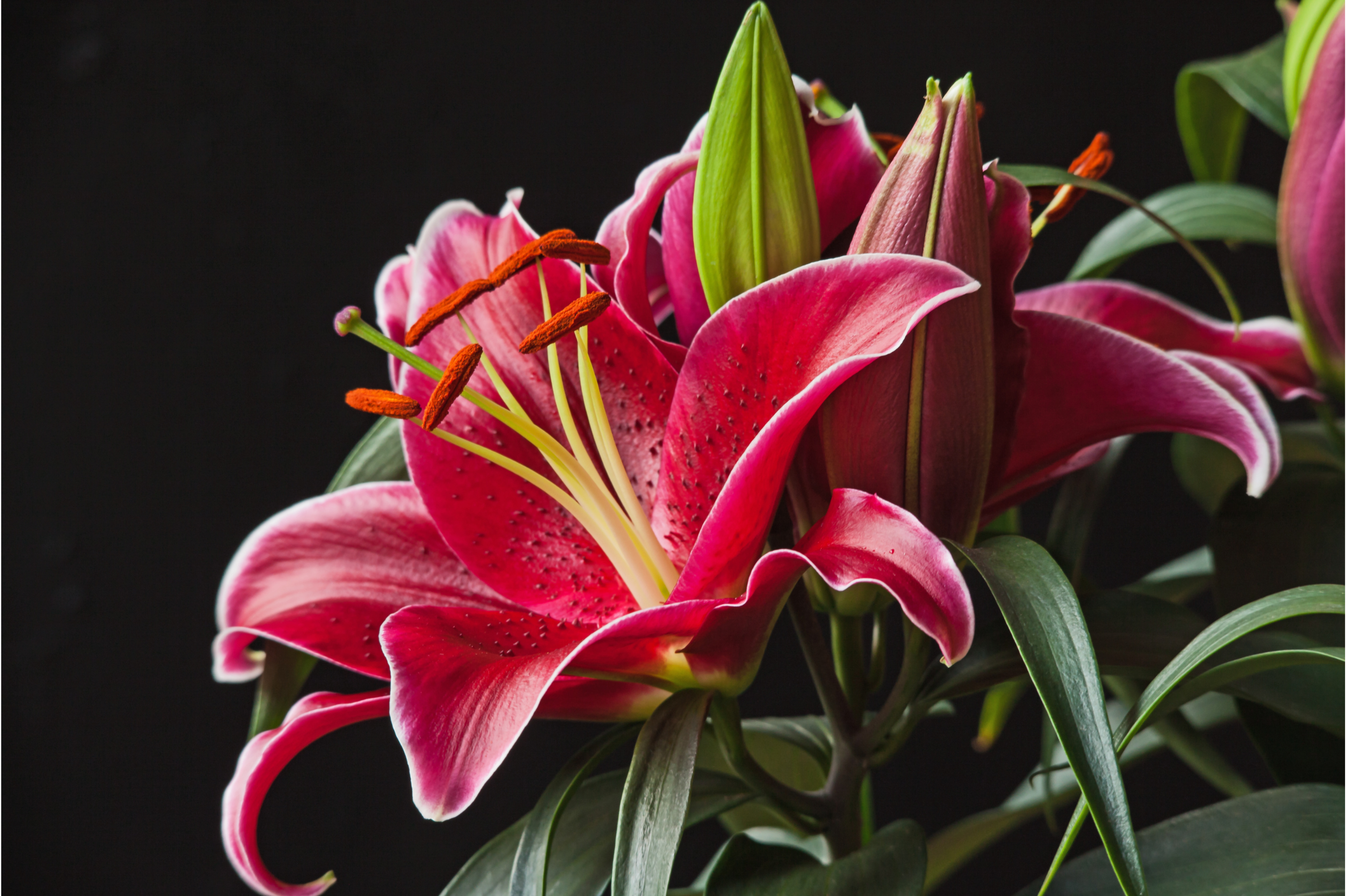
The optimal watering frequency for Daylilies is frequent and abundant. Keeping the plant hydrated with constant watering is essential to prevent the leaves from drying out. During the summer months, daily watering is recommended. Ensuring an ample water supply promotes healthy growth and flowering of your Daylilies.
It is suggested to have between 50 and 80 plants per square meter. This spacing allows for proper growth and development, as well as ensuring each plant receives adequate nutrients and water.
It is recommended to add 10-15 kg of organic matter, such as compost or manure, per square meter for Daylilies. Providing the right amount of organic matter and nutrients encourages the healthy growth and blooming of your Daylilies, preserving their vibrant beauty for the future.
Propagate Daylilies: Bulbs, Cuttings and Seeds
The three methods of propagating Daylilies are bulbs, cuttings and seeds, respectively. Each method offers unique advantages and potential to create new varieties of these captivating flowers.
Propagating Bulb Lilies involves the following steps:
Isolate a healthy, disease-free bulb.
Immerse the bulb in a 4% thiourea solution.
Plant the bulb three times deeper than its height.
Water the soil well.
This method, which is a plant that can benefit from, for example, Azucena plants, is relatively simple and can lead to the successful growth of new plants.
Propagating Daylilies from cuttings and seeds requires a little more effort, but offers the potential to create new and unique varieties. To propagate from cuttings, take a cutting from a healthy plant and root it in a moist medium. For seeds, collect mature seeds from the Lily flower, sow them on the moist soil surface and provide adequate heat and sunlight for germination.
Understanding the various propagation methods and their potential will allow you to create lovely new varieties of Lily to appreciate. On the other hand, the combinations of all of them are fascinating.
Pest and Disease Management: Protecting Your Lilies
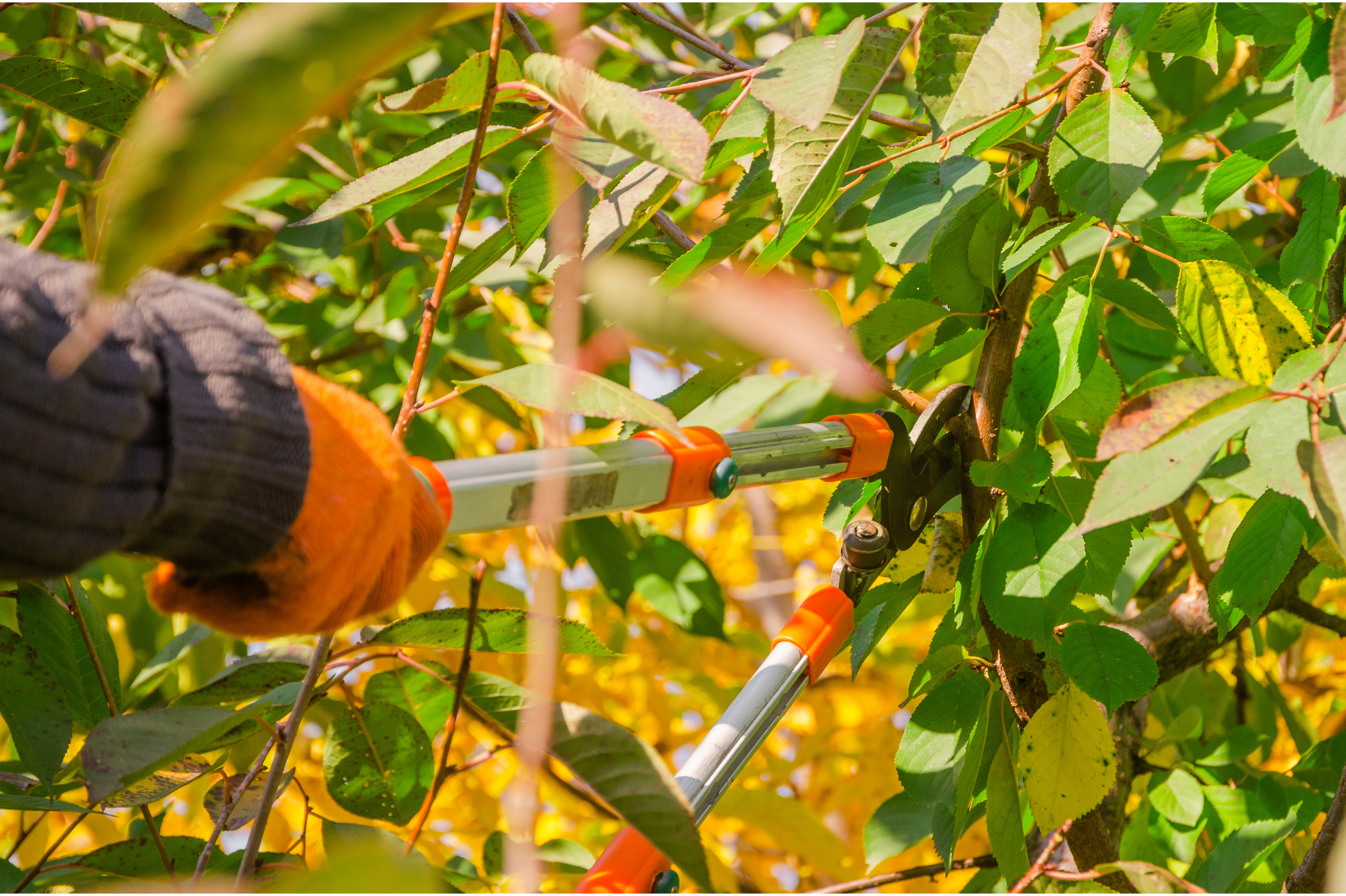
Pests and diseases can pose significant challenges to the health and well-being of your lilies. Common pests that can affect lilies include the bulb fly, lily beetle, snails and slugs. Diseases such as lily disease, botrytis blight, and various viral diseases such as lily asymptomatic virus (LSV) and cucumber mosaic virus (CMV) can also be harmful. Recognizing the signs of these pests and diseases is crucial to protecting your lilies and ensuring their continued beauty.
Signs of pests and diseases in lilies may include:
Brown spots or yellowing and striped discoloration of the leaves.
rotten bulbs
Dead flowers
Distorted leaves and flowers.
Stunted growth
Premature yellowing of foliage.
premature senescence
Regularly inspecting your lilies helps to quickly identify and address these problems.
Effective management and prevention of pests and diseases in lilies involves:
Good sanitation and hygiene in the garden.
Constant inspection of plants.
Apply appropriate control measures, such as physical removal, chemical spraying and biological control.
Taking these preventive measures helps protect your lilies from harm, allowing you to enjoy their captivating beauty for a long time.
Additional Care Tips for Thriving Daylilies
Proper pruning is essential for the well-being of your Daylilies. Here are some tips to follow:
Remove spent flowers to encourage flowering and maintain plant health.
Trim leaves after flowering to promote new growth.
Prune Daylilies after each flowering or wilting of leaves to ensure continued growth and beauty.
Staking tall daylilies can prevent them from breaking and provide additional support to the plant. Here's how to bet Lilies correctly:
Select sturdy stakes and place them near the base of the plant.
Secure the plant to the stakes using twine or soft plant ties.
Adjust the ties as necessary to provide proper support. By following these steps, you can reduce the likelihood of breakage and ensure the continued beauty of your Daylilies.
Post-bloom care for Daylilies includes removing spent flowers and damaged leaves, cutting the stem after flowering, and staking tall stems to prevent breakage. Following these extra care tips will help you keep Daylilies healthy and thriving, adding beauty and tranquility to your garden or home.
Indoor vs. Outdoor Growing: Choosing the Right Environment
Growing Daylilies indoors offers several advantages, including greater aesthetics, air purification, better layout, year-round cultivation, and control of growing conditions. However, growing Daylilies indoors requires ensuring adequate sunlight, proper soil drainage to prevent the bulbs from rotting, and meeting their high light requirements.
Growing Daylilies outdoors provides numerous benefits, such as attracting pollinators with their large, lively and vibrant petals. They thrive in full sun and require a minimum of six hours of sun exposure per day. However, plenty of sunlight is needed for outdoor cultivation, as Daylilies do not bloom in the shade or near light impediments such as trees.
When determining whether to grow Daylilies, consider the following factors:
Climate
Sunlight
Floor
Temperature
Amount of space available
Carefully evaluating your specific needs and preferences will allow you to select the optimal environment for growing Daylilies, allowing you to appreciate their captivating beauty in the garden or home, of all things.
Summary
Daylilies offer a world of beauty, symbolism and tranquility that can enhance any garden or home. By understanding ideal growing conditions, planting and transplanting techniques, proper care, and pest and disease management, you will be able to grow thriving Daylilies that will captivate with their elegance and fragrance. Whether grown indoors or outdoors, these spectacular flowers symbolize purity, innocence and spiritual enlightenment, bringing a sense of serenity and charm to your surroundings.

Buy bouquets of natural flowers at Persa Flores
At Persa Flores, we are proud to present bouquets of natural flowers that are more than floral arrangements, they are artistic expressions that speak directly to the heart. Whether you're looking to express love, celebrate special moments like your wedding with a bridal bouquet, or simply add beauty to your surroundings, our flower bouquets are the perfect choice. Choose your favorite bouquet today with home delivery and make someone (or yourself) happy with our products. Discover the magic of nature in each petal and let yourself be captivated by the beauty of Persa Flores.
Online Home Order
Placing a home delivery order at Persa Flores is simple, go to Persaflores to place your order. We also give you the ease of being able to choose between 3 service and delivery schedules to adapt to your needs. Once you have selected the glass dome and rose that you like best according to its size, you can request that your shipment be delivered to your home , ensuring that your dome and rose arrive in perfect condition to its recipient.
You can visit other blogs and pages about Lilies .



